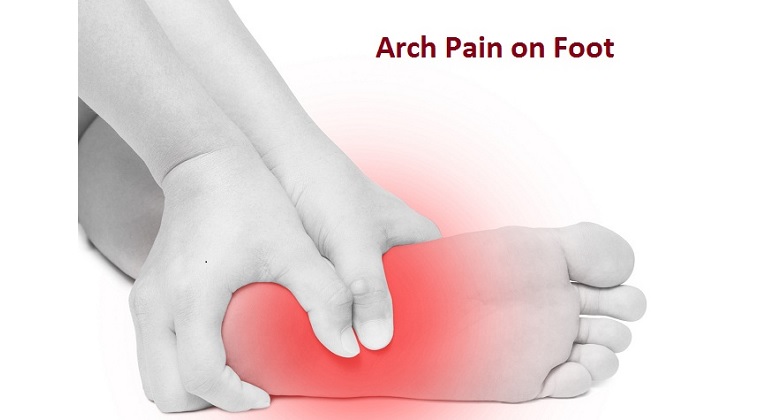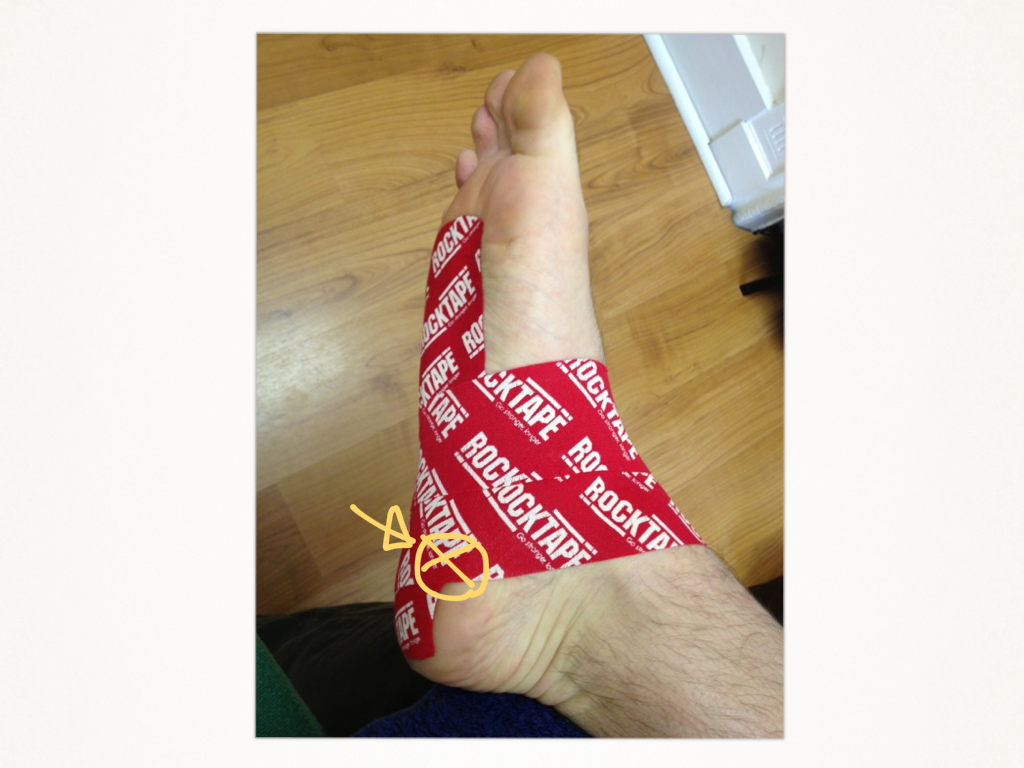

Remove your foot from the bag/cardboard and take a photo for reference.Step into the water with one foot, then carefully remove your foot from the pan of water and step onto a flattened brown paper bag or piece of cardboard that will show your footprint (don’t just lightly place your foot onto the paper bag/cardboard.Pour water into a shallow pan (the pan should be big enough to fit your foot, and the water should be just deep enough for all parts of the bottom of your foot to get wet).The foot arch test is a simple way to determine whether you have flat feet or high arches! Just follow these easy instructions: Most importantly, knowledge is power! Finding out whether you have normal arches, flat feet, or high arches provides you with the information you need to make good choices when buying new shoes and preventing injuries like plantar fasciitis.įiguring out your arch type is easy, and can be done in just a few seconds! Take the Foot Arch Test It’s important to know your arch type for several reasons. Your plantar fascia plays a critical role in absorbing the impact from physical activity, distributing your weight evenly, and allowing you to move without pain. A person with a high arched foot is also at risk for developing plantar fasciitis and other conditions due to the increased tension on the plantar fascia. The majority of the pressure will be placed on the heel, first and fifth metatarsals. A person with a high longitudinal arch essentially has a tripod type foot. This rolling inward of the foot can place additional stress and strain on the plantar fascia.


A person with a collapsed longitudinal arch will likely over-pronate. Collapse of the longitudinal arches results in flat feet. The height of a person’s arch is determined by the height of the navicular bone. Ideally, the arch of your foot curves slightly upward, which balances weight and impact optimally and keeps your foot muscles and ligaments healthy. Most people can be categorized into three arch types: normal arches, high arches, and flat feet.
FOOT ARCH PAIN FULL

Flat feet, a high arch or even an atypical pattern of walking can affect the way weight is distributed when you're standing and can put added stress on the plantar fascia. Activities that place a lot of stress on your heel and attached tissue - such as long-distance running, ballet dancing and aerobic dance - can contribute to the onset of plantar fasciitis. Plantar fasciitis is most common in people between the ages of 40 and 60. Risk factorsĮven though plantar fasciitis can develop without an obvious cause, some factors can increase your risk of developing this condition. Repeated stretching and tearing of the facia can irritate or inflame it, although the cause remains unclear in many cases of plantar fasciitis. Tension and stress on the fascia can cause small tears. It supports the arch of the foot and absorbs shock when walking. The plantar fascia is a band of tissue (fascia) that connects your heel bone to the base of your toes.


 0 kommentar(er)
0 kommentar(er)
